Germs may not be the fastest at spreading, but they are certainly the stealthiest. The scary thing is, they kinda exploit our hardly-controllable urges to touch things, especially various surfaces and our faces.
Former NASA engineer and now YouTuber (and friend of science—just awesome!) Mark Rober recently came out with a video visually showcasing how easily germs may spread without us noticing and why it’s therefore important to wash our hands frequently (especially with the current coronavirus pandemic).
Many don’t notice how much they touch things, including various objects and their faces
Image credits: Mark Rober
Since germs are too small for us to see with just our eyes, it is difficult to for some of us understand how they actually spread, let alone be mindful of them enough to stay safe.
Well, Mark Rober found a very handy way to help people visualize this using Glo Germ, a powder (or sometimes lotion) that is vividly seen when exposed to ultraviolet light. It is primarily used to teach kids how easily bacteria spreads and the importance of washing hands.
YouTuber Mark Rober did an experiment in school using Glo Germ powder to visualize this
Image credits: Mark Rober
The experiment showed how surprisingly difficult it is to keep your hands away from your face
Image credits: Mark Rober
Rober decided to run an experiment using Glo Germ: he had a school teacher apply this powder to her hands and shake the hands of three students. While she was completely aware of how much she would have to resist the urge to touch her face, the students were unaware of this experiment.
On top of it all, another student was also asked to slap some of that power on his hands at break. After a few hours, he went down to the classroom to check the results.
It also showed how easily just two people can spread it to a whole classroom in a day
Image credits: Mark Rober
What started with just one teacher and one student had now spread to Many. A lot of the kids had powder marks, many of the desks had powder marks, and many of the other objects in the classroom, like phones, water taps, containers, and cabinets also had powder marks on them.
According to Rober, germs stay up to nine hours on many surfaces like these. What is more, the average Joe tends to touch his face up to 16 times an hour, so there are many opportunities for us to catch a bug this way
The 20-second hand washing rule does a great deal in minimizing the spread of germs
Image credits: Mark Rober
Besides this, Rober also checked how well the students wash their hands on regular occasions by “accidentally” applying the wrong lotion on their hands and asking the students to wash it off. Then he checked their hands with the blacklight to see that the backs of their hands and their fingernails were the least clean areas.
Image credits: Mark Rober
His last experiment in class involved handshakes. 9 students were lined up, the first of which had some powder put on her hand. She was asked to shake the hand of the second student, who would proceed to shake the hand of the third one, and so on. It turned out that a single contaminated hand can extend the contagion to up to a total of 7 people. The last student in the row did not have any “germs” on them.
The experiment showed that one kid’s “contaminated” handshake can be passed on through 7 other people
Image credits: Mark Rober
Rober also decided to experiment with the glow-in-the-dark powder on himself. He put some of it on his hands and filmed himself doing some work on his computer, struggling not to touch his face throughout the entire time. He didn’t even notice when the stuff got on his right cheek, with a little bit under his nose and chin.
So, obligatory PSA time: viruses and germs have an extremely effective and sneaky way of infecting us through our eyes, nose, and mouth. Stay safe by washing your hands for 20 seconds (here’s Bored Panda’s complimentary list of songs to sing with choruses lasting 20 seconds) and mind the social distancing gap by maximizing your stay at home and keeping at least 2 meters away from people in public.
Watch Rober’s video for more details on how germs spread and how you can avoid this
Image credits: Mark Rober
Here’s how the internet reacted to this
An alternative for people who don't want to trim their nails is to buy a quality surgical nail brush. Some of them have bristles on one side, with a cutout on the back that has a single row of bristles for under the nails.
Load More Replies...those kids look like nuclear fallout disfigured mutant children of the corn. where the heck did you find those monsters? truly horrifying. you need a trigger warning on the top of this page. i am not kidding at all. you have traumatized me and now i'm going to see their horrific faces all day.
Ahahhahahahahaha what!?? That is the most random comment ever! No joke tho I scrolled back up to see what you were talking about and I was like ...." Oh wait...s**t hes not wrong" yea man what gives!? These kids either look dead or have psycho eyes and most of them are a HARD PASS if ever seen at last call in a nightclub. I know thats mean but usually kids are cuter and prettier than adults. I dont think I've ever seen a group of kids where 99% of them were legit scary looking. And no its not cuz most of them appear to be of some sort of Mexican, native American, Mayan or hawaiin decent. Usually Latino populations have a lot of very adorable kids and sexy women so it has nothing 2 do with that. There are tons of ugly ass white kids, this isnt a race thing. Maybe its one of those towns where the gov poisoned the water. There has 2 b a reason.
Load More Replies...Thank god my parents didn’t name me Jeremy. (They were going to). Cus during this crisis people in my school would probably call me germy. (I’m actually a germaphobe, people at school are just mean)
An alternative for people who don't want to trim their nails is to buy a quality surgical nail brush. Some of them have bristles on one side, with a cutout on the back that has a single row of bristles for under the nails.
Load More Replies...those kids look like nuclear fallout disfigured mutant children of the corn. where the heck did you find those monsters? truly horrifying. you need a trigger warning on the top of this page. i am not kidding at all. you have traumatized me and now i'm going to see their horrific faces all day.
Ahahhahahahahaha what!?? That is the most random comment ever! No joke tho I scrolled back up to see what you were talking about and I was like ...." Oh wait...s**t hes not wrong" yea man what gives!? These kids either look dead or have psycho eyes and most of them are a HARD PASS if ever seen at last call in a nightclub. I know thats mean but usually kids are cuter and prettier than adults. I dont think I've ever seen a group of kids where 99% of them were legit scary looking. And no its not cuz most of them appear to be of some sort of Mexican, native American, Mayan or hawaiin decent. Usually Latino populations have a lot of very adorable kids and sexy women so it has nothing 2 do with that. There are tons of ugly ass white kids, this isnt a race thing. Maybe its one of those towns where the gov poisoned the water. There has 2 b a reason.
Load More Replies...Thank god my parents didn’t name me Jeremy. (They were going to). Cus during this crisis people in my school would probably call me germy. (I’m actually a germaphobe, people at school are just mean)
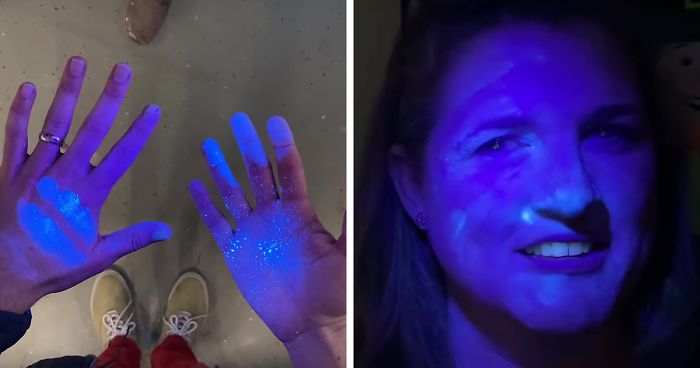
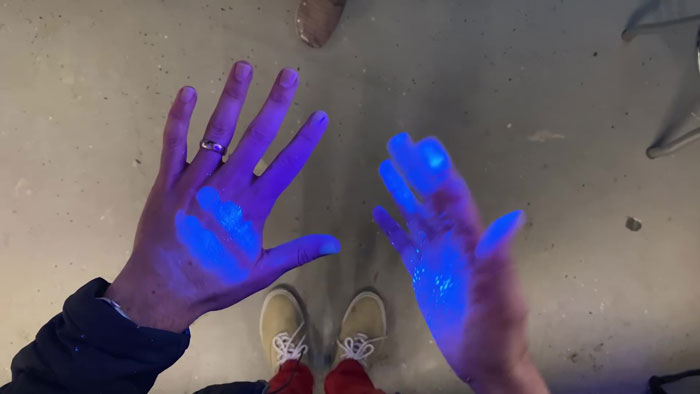
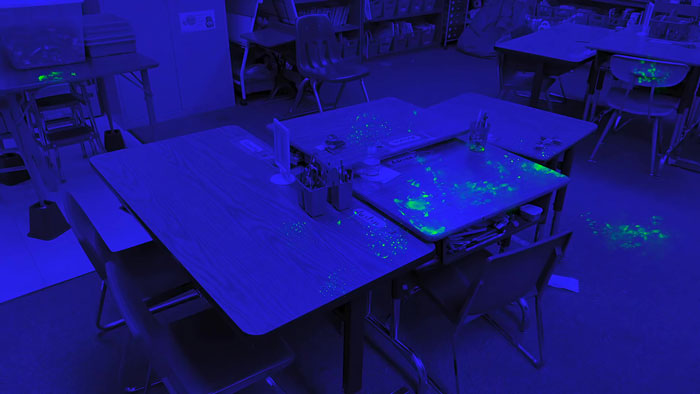
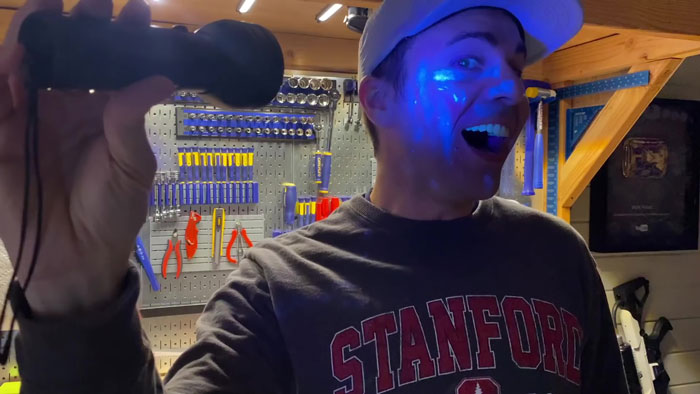
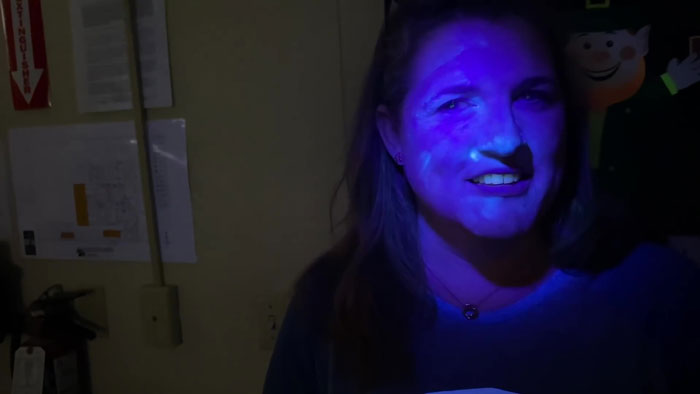
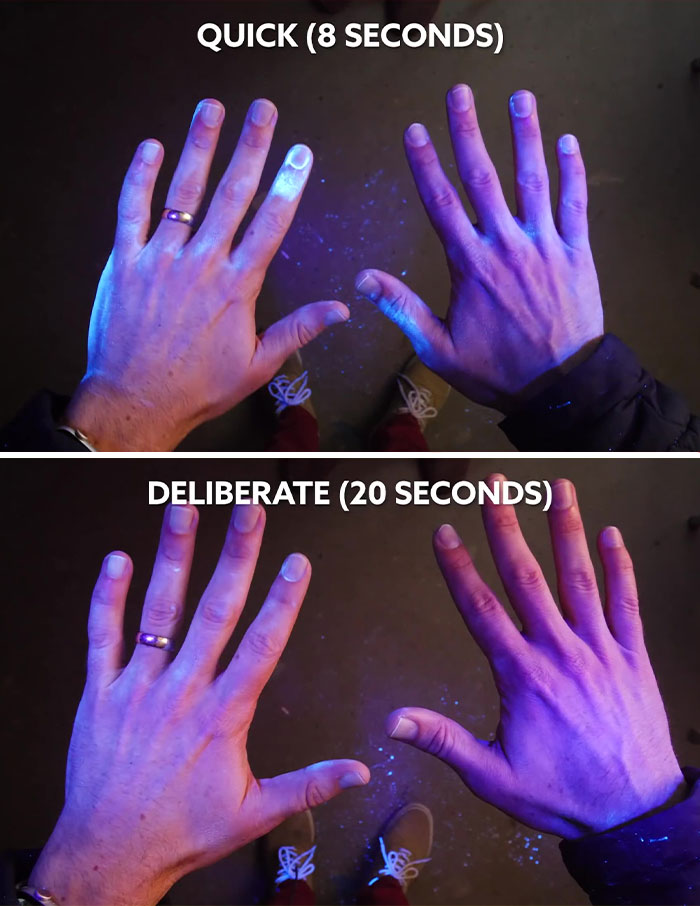
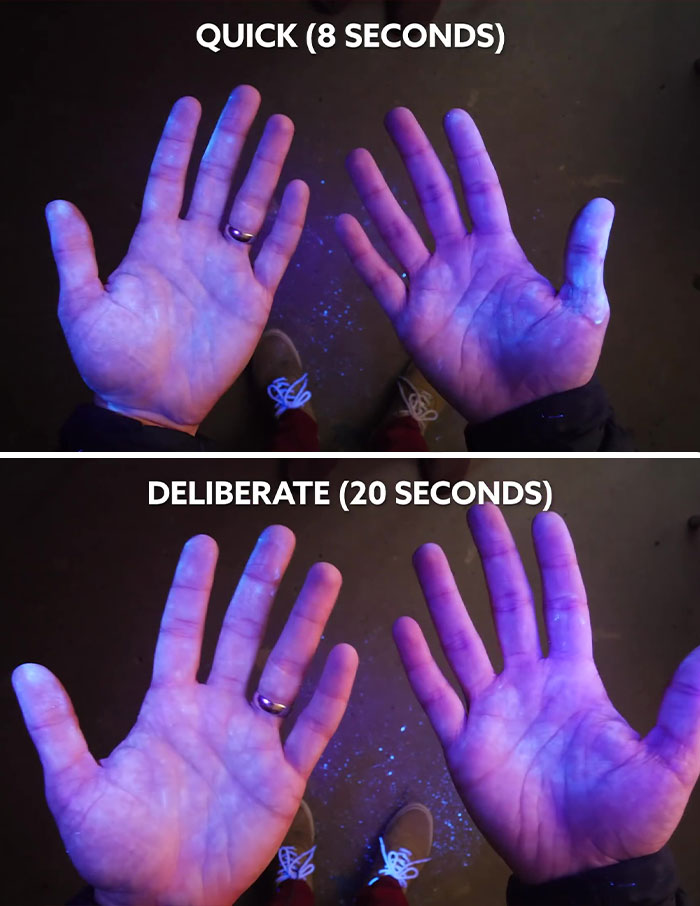
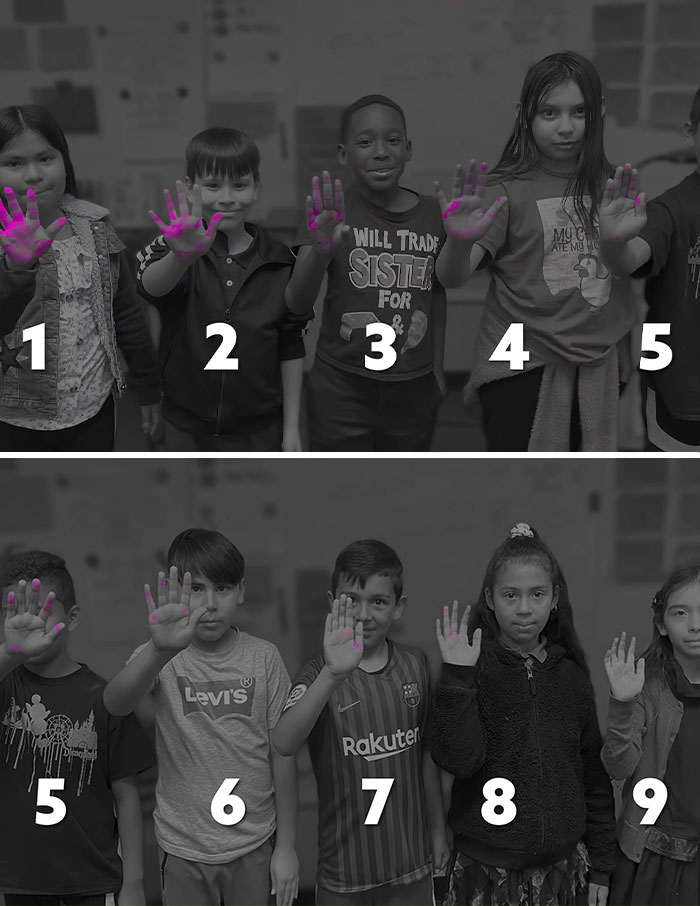

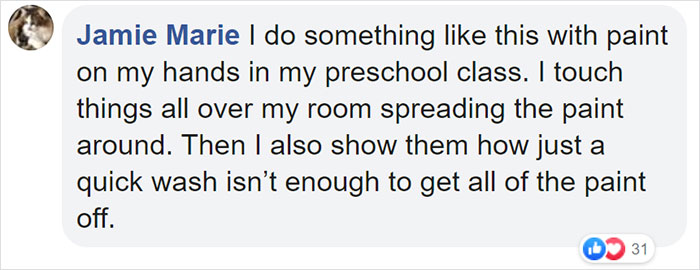













91
6